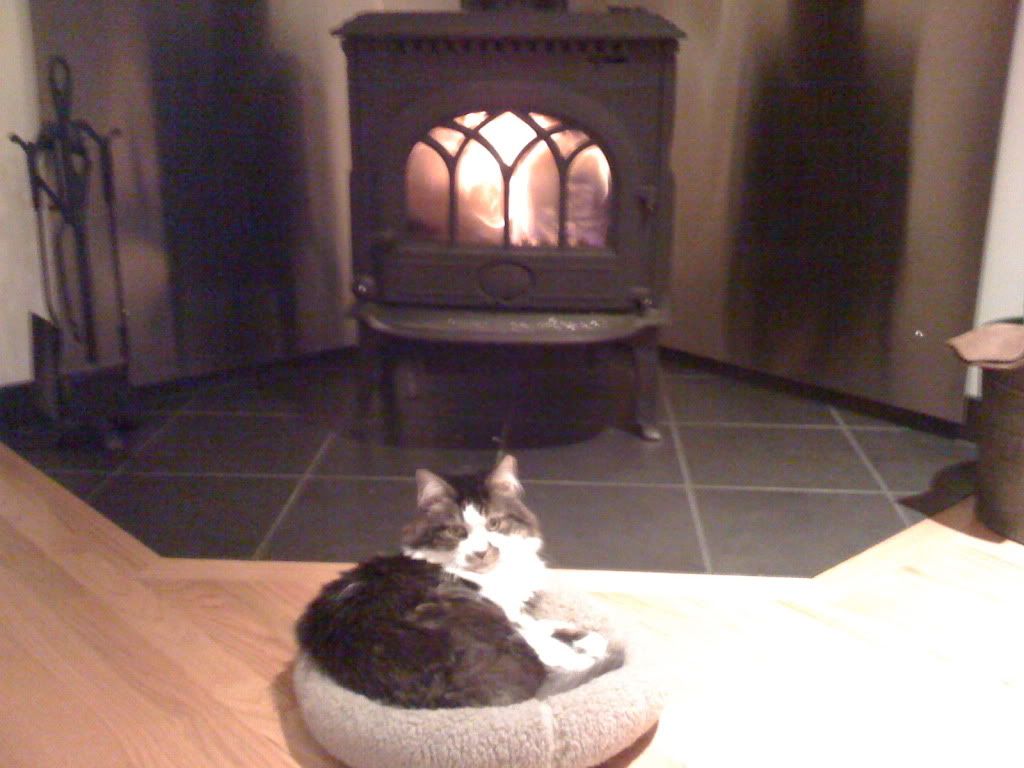ultimate buzz
ArboristSite Operative
heat shield
Not to hijack the original post, but the idea of putting up heat shields on the exterior walls of the interior of the existing masonary fireplace sounds like an excellent idea.
I have a Jotul fireplace insert,and although there is a block off plate and the stainless steel liner is insulated, i feel that the heat loss to the existing masonary fireplace is quite considerable. The masonary fireplace is on an outside exterior wall.
What do you feel would be a suitable heat shield? A heavy gauge sheet metal with a layer of kaowool against the masonary walls, screwed into the masonary walls or ?
Any input on this would be greatly appreciated-ken
Not to hijack the original post, but the idea of putting up heat shields on the exterior walls of the interior of the existing masonary fireplace sounds like an excellent idea.
I have a Jotul fireplace insert,and although there is a block off plate and the stainless steel liner is insulated, i feel that the heat loss to the existing masonary fireplace is quite considerable. The masonary fireplace is on an outside exterior wall.
What do you feel would be a suitable heat shield? A heavy gauge sheet metal with a layer of kaowool against the masonary walls, screwed into the masonary walls or ?
Any input on this would be greatly appreciated-ken





